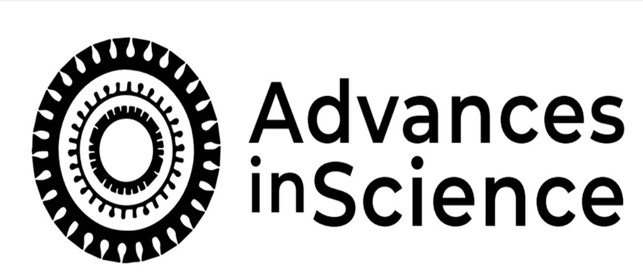Anesthetic management in a patient with osteogenesis imperfecta
Visualizações: 138DOI:
https://doi.org/10.52329/AvanMed.65Abstract
Introduction
Osteogenesis imperfecta (OI) is a group of diseases caused by defective collagen formation, which have as a common characteristic the congenital fragility of the bones. OI can manifest with fractures and deformities of long bones, costal arches and vertebrae, implying difficulties in anesthetic management due to the risk of new fractures during patient handling, respiratory complications due to thoracic deformity, in addition to difficult airway management.
Case report
A 3-year-old male child, with type 3 OI and several previous fractures, underwent orthopedic surgery to correct the fracture of the right femur under total intravenous anesthesia and intravenous multimodal analgesia. Initially, a laryngeal mask airway was used to control the airway, which was later removed after coupling difficulties, as the operating table was manipulated, and endotracheal intubation was chosen.
Discussion
The perioperative management of children with OI requires a detailed pre-anesthetic evaluation, with emphasis on possible changes in the physical examination. The anesthetic approach must be done with caution, considering the risk of new bone fractures during movement or change of position, in addition to cervical and mandibular fractures related to intubation. It can be concluded that adequate anesthetic management is essential for a favorable outcome in the case of surgery in a patient with OI.
Downloads
Downloads
Published
How to Cite
Issue
Section
License
Copyright (c) 2024 Walquir Gonelli Gonçalves Filho, Gustavo Barros Alves de Carvalho, Alipio Agra Lima Filho, Ana Maira Quental da Nóbrega

This work is licensed under a Creative Commons Attribution 4.0 International License.



